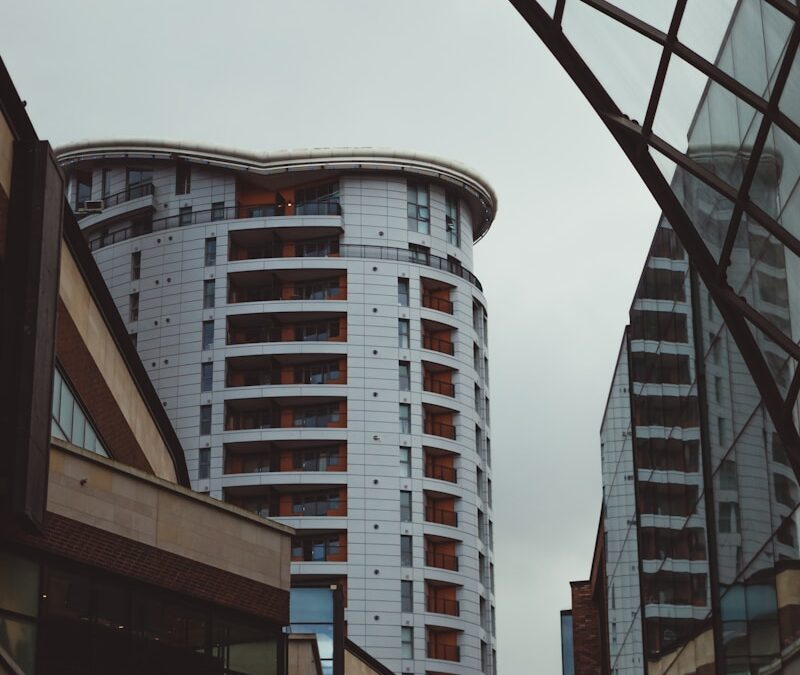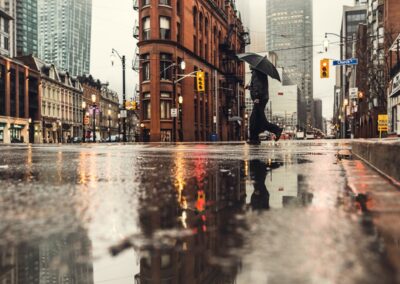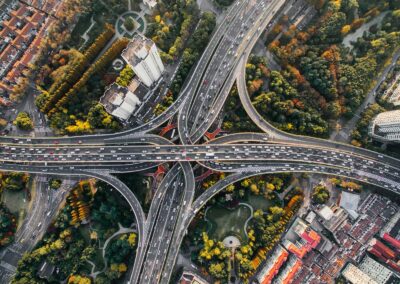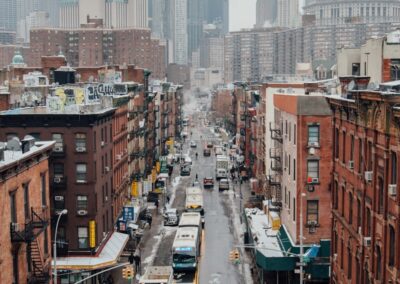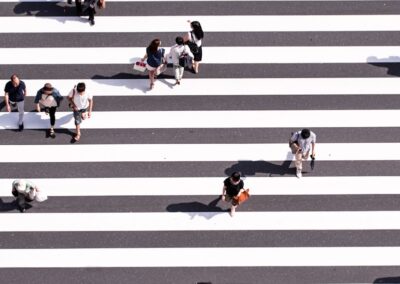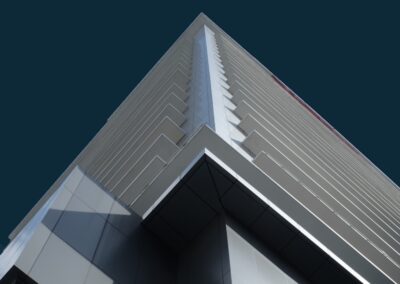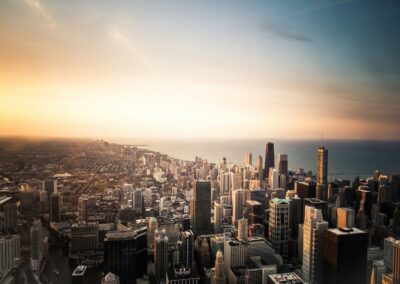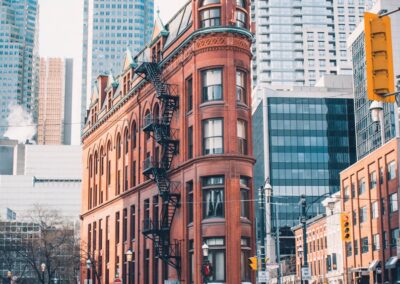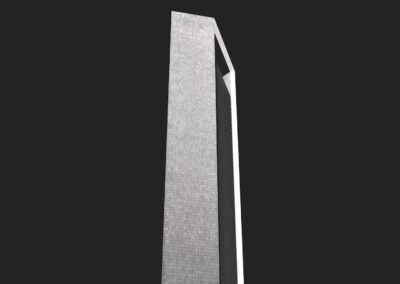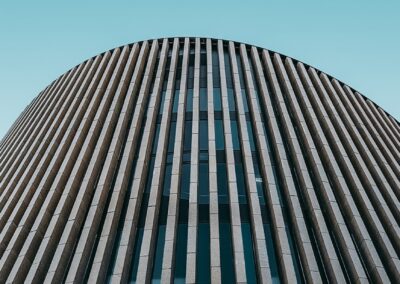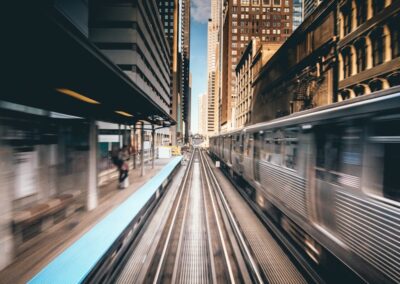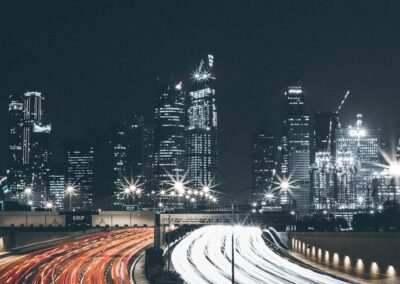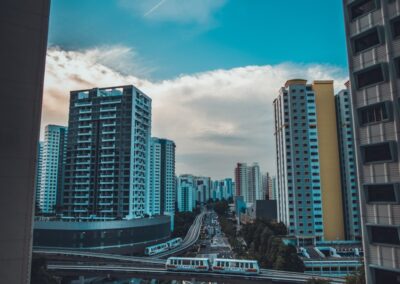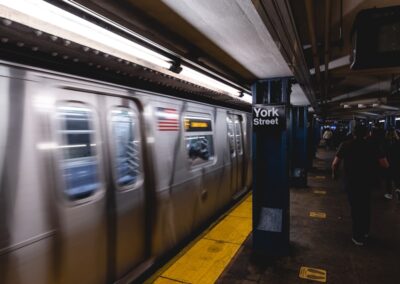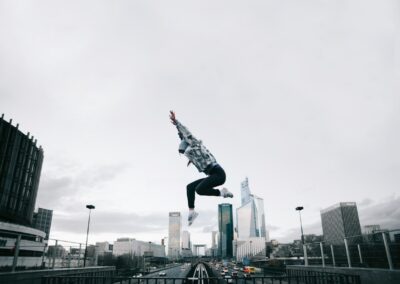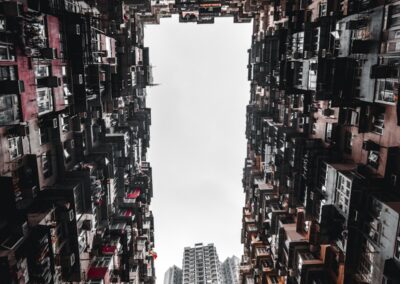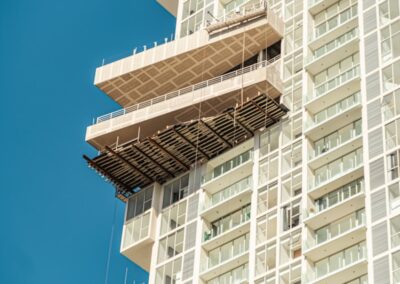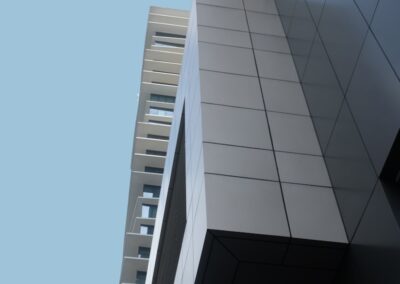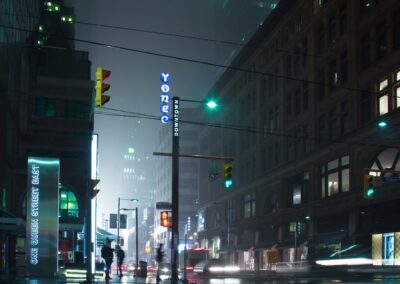Key Elements of Successful Vertical Urban Developments
Enhancing Livability in Vertical Urban Developments
The concept of success factors in vertical urban developments is gaining prominence in modern cities like Riyadh and Dubai. As these metropolises continue to grow vertically due to space constraints and population density, it is crucial to focus on elements that enhance livability. A successful vertical urban development must create a high-quality living environment that fosters community, accessibility, and comfort for its residents.
Livability in vertical developments can be significantly enhanced by integrating green spaces and recreational areas within the skyscrapers. Rooftop gardens, indoor parks, and vertical forests provide residents with essential access to nature, promoting mental well-being and social interaction. In Dubai, developments like the Jumeirah Beach Residence (JBR) and the Marina Towers incorporate these elements, creating a harmonious blend of urban living and natural environments. These green spaces act as communal areas where residents can relax, exercise, and socialize, contributing to a sense of community and improving overall quality of life.
Accessibility is another critical factor in enhancing livability. Vertical urban developments must be designed with efficient transportation systems, including high-speed elevators, escalators, and pedestrian pathways that facilitate easy movement within and between buildings. In Riyadh, the King Abdullah Financial District (KAFD) exemplifies this approach by incorporating state-of-the-art transportation infrastructure that connects residential, commercial, and recreational areas seamlessly. Ensuring that residents can move easily and safely within the development enhances their daily experience and reduces the stress associated with urban living.
Moreover, mixed-use developments that combine residential, commercial, and recreational spaces within a single complex enhance livability by providing residents with convenient access to essential services. In the UAE, the development of mixed-use skyscrapers like the Burj Khalifa ensures that residents have easy access to shops, restaurants, healthcare facilities, and entertainment options without leaving the building. This integration of amenities not only improves convenience but also fosters a vibrant and dynamic urban environment that supports a high quality of life.
Promoting Sustainability in Vertical Urban Developments
Sustainability is a cornerstone of successful vertical urban developments. As cities like Riyadh and Dubai strive to reduce their environmental impact, incorporating sustainable design principles and renewable energy sources into high-rise buildings is essential. Sustainable vertical developments minimize resource consumption, reduce carbon emissions, and promote ecological balance.
One of the primary strategies for promoting sustainability is the integration of energy-efficient technologies. High-rise buildings can incorporate solar panels, wind turbines, and geothermal systems to generate renewable energy, reducing their reliance on fossil fuels. In Dubai, the Dubai Sustainable City is a leading example of how vertical developments can harness renewable energy sources to achieve net-zero energy status. These sustainable technologies not only reduce environmental impact but also lower operational costs, enhancing the economic viability of the development.
Water conservation is another critical aspect of sustainability. Vertical urban developments can implement advanced water management systems, such as rainwater harvesting, greywater recycling, and low-flow fixtures, to reduce water consumption. In Riyadh, new developments are exploring these technologies to address water scarcity issues and promote sustainable water use. By efficiently managing water resources, these developments contribute to environmental sustainability and ensure the long-term viability of the urban ecosystem.
Additionally, sustainable materials and construction practices play a vital role in reducing the environmental footprint of vertical urban developments. Using eco-friendly building materials, such as recycled steel and low-emission concrete, along with green construction methods, can significantly reduce the carbon footprint of high-rise buildings. In the UAE, initiatives like the Abu Dhabi National Exhibition Centre’s sustainable design showcase how innovative construction practices can enhance sustainability. These efforts demonstrate that sustainability can be achieved without compromising on the functionality or aesthetic appeal of urban developments.
Ensuring Economic Viability of Vertical Urban Developments
Economic viability is a crucial factor in the success of vertical urban developments. For a high-rise development to be sustainable in the long term, it must be economically viable, providing financial benefits to developers, investors, and residents. This involves creating a balanced mix of residential, commercial, and recreational spaces that generate steady income streams and attract a diverse range of occupants.
One of the key strategies for ensuring economic viability is to design developments that cater to a wide demographic, including luxury apartments, affordable housing, office spaces, and retail outlets. In Dubai, the mixed-use development of Downtown Dubai exemplifies this approach by offering a variety of residential options, from high-end penthouses to more affordable apartments, alongside commercial and retail spaces. This diversity attracts a broad range of residents and businesses, ensuring high occupancy rates and stable revenue streams.
Moreover, leveraging modern technology can enhance the economic viability of vertical urban developments. Smart building technologies, such as IoT (Internet of Things) systems and AI-driven management platforms, optimize energy use, reduce maintenance costs, and improve overall building efficiency. In Riyadh, the use of smart technologies in new high-rise developments is helping to create more efficient and cost-effective buildings. These technologies enable real-time monitoring and control of building systems, enhancing operational efficiency and reducing costs, thereby increasing the economic attractiveness of the development.
Furthermore, strategic location and connectivity are vital for the economic success of vertical urban developments. High-rise buildings situated in prime locations with excellent transport links, such as proximity to metro stations, airports, and major highways, are more likely to attract businesses and residents. In the UAE, developments like the Dubai International Financial Centre (DIFC) benefit from their strategic location and connectivity, attracting multinational corporations and high-net-worth individuals. This strategic positioning enhances the economic viability of the development by ensuring high demand and premium rental rates.
Conclusion: The Future of Vertical Urban Developments
The success of vertical urban developments in terms of livability, sustainability, and economic viability hinges on a combination of innovative design, strategic planning, and the integration of modern technologies. In cities like Riyadh and Dubai, where vertical growth is a necessity due to space constraints and population density, focusing on these key factors can transform high-rise buildings into thriving, sustainable communities.
By enhancing livability through green spaces, accessibility, and mixed-use designs, vertical urban developments can create vibrant and dynamic environments that support the well-being of residents. Promoting sustainability through energy-efficient technologies, water conservation, and sustainable construction practices ensures that these developments contribute to environmental goals and reduce their ecological footprint. Ensuring economic viability by catering to diverse demographics, leveraging modern technology, and strategically positioning developments can attract businesses and residents, generating stable revenue streams and long-term financial success.
As Riyadh and Dubai continue to innovate and grow, embracing these success factors will be crucial for creating vertical urban developments that are not only impressive architectural feats but also sustainable, livable, and economically viable urban ecosystems.
—
#VerticalUrbanDevelopments #Livability #Sustainability #EconomicViability #ModernTechnology #BusinessSuccess #LeadershipSkills #Riyadh #Dubai #UAE #SaudiArabia

